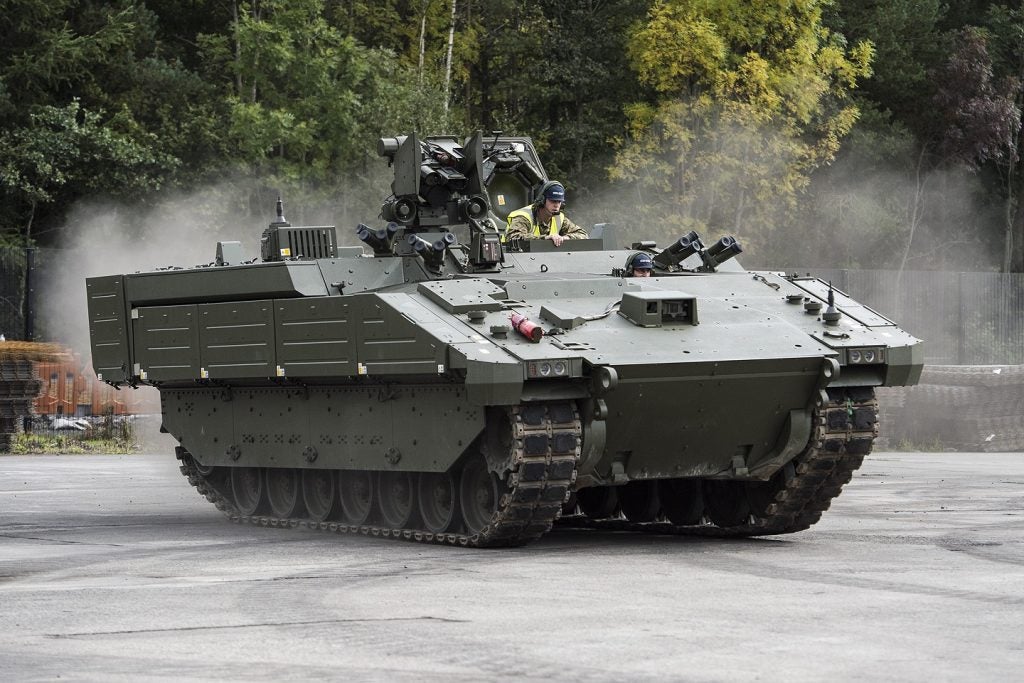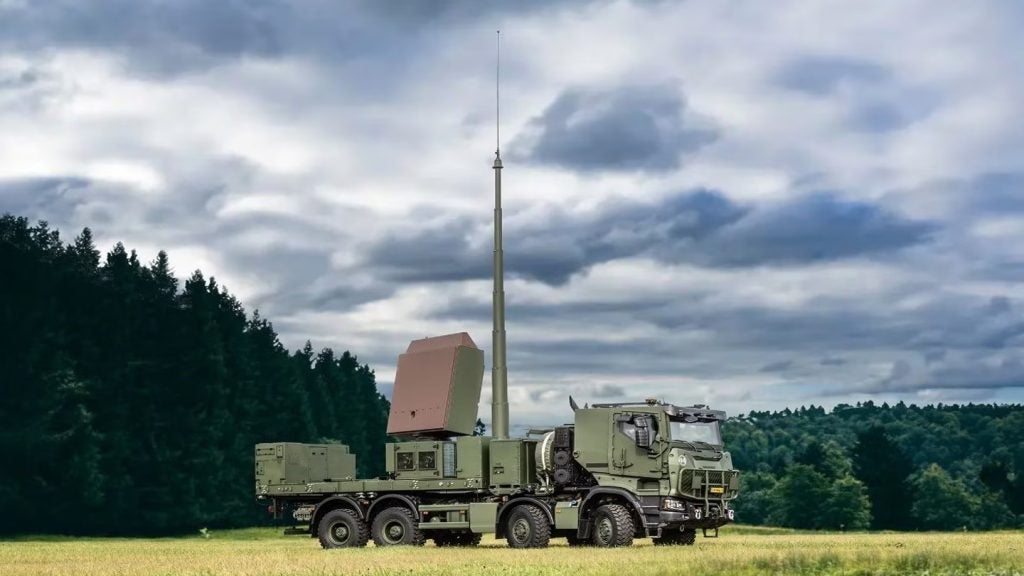
General Dynamics (GD) Ordnance and Tactical Systems and the US Army Armament Research and Development Engineering Center (ARDEC) have conducted a joint GPS-guided weapons test with the Tiger Shark unmanned aerial vehicle (UAV).
During the testing, the UAV launched an 81mm mortar from a height of 7,000ft and was guided to within 7m of a GPS-identified target grid in three separate engagements.
The mortar was equipped with GD’s roll control fixed canard (RCFC) control system and an ARDEC-developed fusing solution to provide precision-strike capabilities.
GD Ordnance and Tactical Systems’ Seattle operations general manager Mark Schneider said the effort demonstrated a low-cost, tactical version of a GPS strike weapon in the 10lbs-class for tactical UAV platforms that can be used to quickly engage and defeat targets.
ARDEC Munitions senior associate Tony Sebasto said: "The air drop mortar (ADM) programme with General Dynamics provided a platform to successfully demonstrate and mature subsystems, including communication links, munitions deployment, guidance and control and fusing."
See Also:
Using the existing mortar inventory, the ADM seeks to provide a low-cost, lightweight weapon system to meet the needs of the Army, US Marine Corps and Special Forces for a faster target response capability.
How well do you really know your competitors?
Access the most comprehensive Company Profiles on the market, powered by GlobalData. Save hours of research. Gain competitive edge.

Thank you!
Your download email will arrive shortly
Not ready to buy yet? Download a free sample
We are confident about the unique quality of our Company Profiles. However, we want you to make the most beneficial decision for your business, so we offer a free sample that you can download by submitting the below form
By GlobalDataThe nose-mounted RCFC guidance kit replaces existing mortar fuses to provide a common, multi-platform guidance, navigation and control (GNC) and integrated weapon system for the UAV.
It has already been tested on multiple mortar calibres in both air-drop and tube-launch applications.
"It gives the US warfighter an option for a very affordable and very capable precision strike weapon," Sebasto said..
Image: A Tiger Shark UAV conducting a mission. Photo: courtesy of US Navy.






